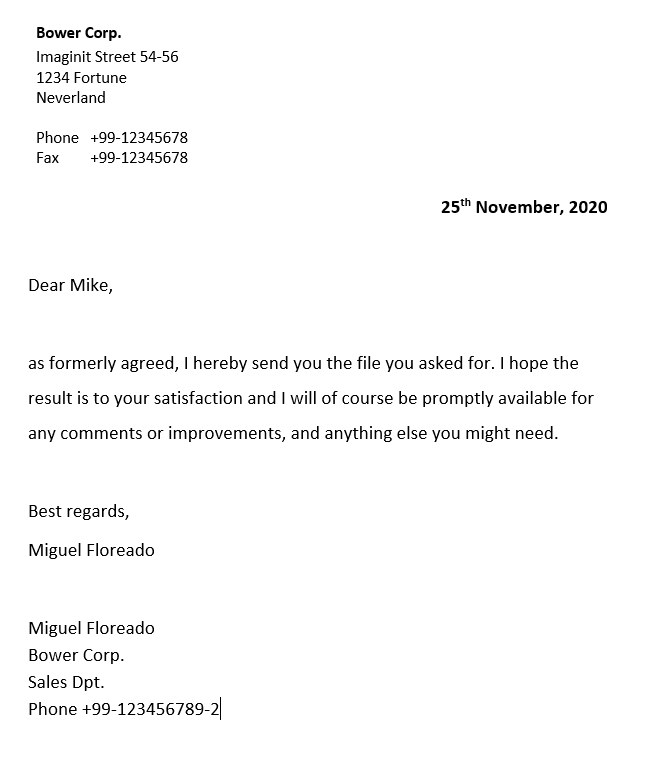Task: Case "To cut a long story short..."
Read the case study and carry out the tasks below as outlined.
Situation:
Mike coordinates the Sales and the PR department of an electronics company doing international business. His two direct subordinates are Jeremy and Miguel. He considers both highly efficient, but for some reason Jeremy appears to work somehow faster. Observing them at work, Mike can’t really notice any significant difference. One day, he asks them to file their yearly reports and have them delivered to his secretary. Both deliver the reports two days later, Jeremy in the morning, Miguel in the early afternoon. Accompanying their reports are these notes:
Jeremy's note

Miguel's note

In your learning journal note down the answers to the following questions:
- What are obvious differences you detect?
- Why do you think could be reasons for them to adopt such different styles? Consider culture, person and situation. What might this say about the way they see hierarchy and status?
- We may conclude that Miguel probably takes a bit longer in his tasks because he worries about formalities. Or do we? They both delivered their files within a few hours. - Do you think this allows for an evaluation of his efficiency, given the task they had to execute?
- Do you think his formality necessarily makes Miguel less productive? Can you imagine situations where his formality may be an advantage in a professional context?
- Mike would rather that Miguel wasn’t so formal; not because he is too slow, but because Mike wants him to feel at ease. He considers that it doesn’t matter if Miguel takes a bit longer now and then. What does the fact that he wants to speak to Miguel say about Mike and his cultural orientation? How does Mike interpret formality and informality in terms of efficiency and productivity, and in terms of work ambience? What does Mike consider to be the most desirably work method and why?
- In your own work context, what people and factors influence and determine the way of doing things?
- Who depicts your own cultural orientation best: Mike, Miguel or Jeremy?
This exercise has been developed as part of the European project 'Intercultural competence for professional mobility', ICOPROMO 20070918_B3E (ecml.at) 22.11.2020